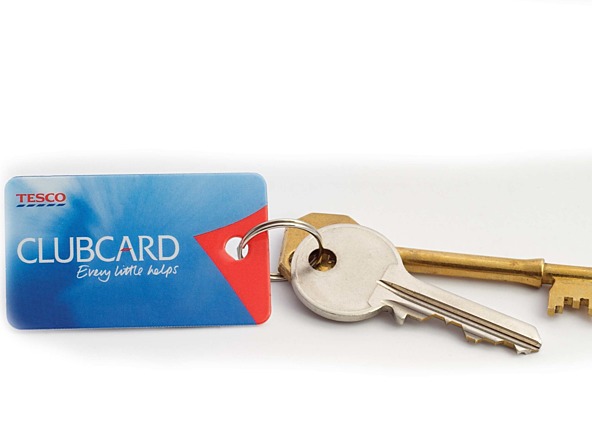FEATURE28 October 2019
Using data to create an emotional connection
x Sponsored content on Research Live and in Impact magazine is editorially independent.
Find out more about advertising and sponsorship.
FEATURE28 October 2019
x Sponsored content on Research Live and in Impact magazine is editorially independent.
Find out more about advertising and sponsorship.
Tim Mason launched the Tesco Clubcard in 1995 and re-wrote the rulebook on customer loyalty. Here, he writes about the evolution of the scheme and how it allowed the supermarket to understand far more about its shoppers

Tesco was by no means the first retailer to launch a loyalty scheme. But it was the first mass UK grocer to do so motivated by wanting to harness an emotional connection to customers.
Sir Jack Cohen, the founder of Tesco, signed up to the Green Shield Stamps sales promotion scheme in 1963. Customers collected stamps with every purchase that could be redeemed for gifts.
Indeed, many questioned the decision of his successor as Tesco chairman, Ian MacLaurin, to ditch the scheme in 1977. When I joined as a junior marketer in 1982, the business was focused on operational modernisation.
Tesco took nearly 13 years to reintroduce customer loyalty. It spent the intervening years putting its house in order, creating a better product range, centralising distribution, merchandising and pricing, and building more modern stores.
It may seem obvious, but Tesco would never have been able to embrace the ‘Every Little Helps’ strategy that subsequently spawned the Clubcard loyalty scheme had it not ensured it could first compete effectively.
The need to know and understand who shopped with Tesco and why they bought what they did emerged from the important lessons learned from building a complete, competitive offer.
By the time Tesco replaced the competition with the customer as its strategic focus, I was marketing operations director. So, I saw how ‘Every Little Helps’ made Tesco a better place to shop.
But Tesco didn’t need a loyalty scheme. It started instead with incremental changes, such as launching the Value and Finest ranges and promising to open more checkouts if there was ever more than one customer in front.
This also belies the assumption that reliability and innovation cannot promote emotional loyalty. Great functional performance can foster loyalty too: think of Aldi, Amazon and Apple, to name a few.
As a natural progression, Tesco launched Clubcard in 1995 with three main objectives:
With 70% of sales matched to individual Clubcard member customers within days of launch, the first voucher mailing generated a like-for-like sales boost of £17.8m. (It still has some 17m members today.)
Clubcard customer data was cross-referenced against sales, basket and other data to infer the context needed to understand why they shopped with Tesco. This, in turn, enabled a laser focus on what the majority wanted.
It wasn’t until 1997, after almost 20 years’ performance delivery and five years of delivering against the ‘Every Little Helps’ strategy that its definition was ‘to create value for customers to earn their lifetime loyalty’.
This was largely because we first made sure the total offer was competitive. Then we added data-driven insight into what customers wanted, to develop offers that would demonstrate Tesco understood them.
Clubcard was a personalised ‘thank you’ to customers, and they responded by opening their wallets wider. This would have been impossible had we not used their data with empathy to show we understood their needs.
Tim Mason is chief executive officer of Eagle Eye Solutions. He has written Omnichannel Retail: How to Build Winning Stores in a Digital World with Miya Knights. It is published by Kogan Page and priced £19.99
0 Comments